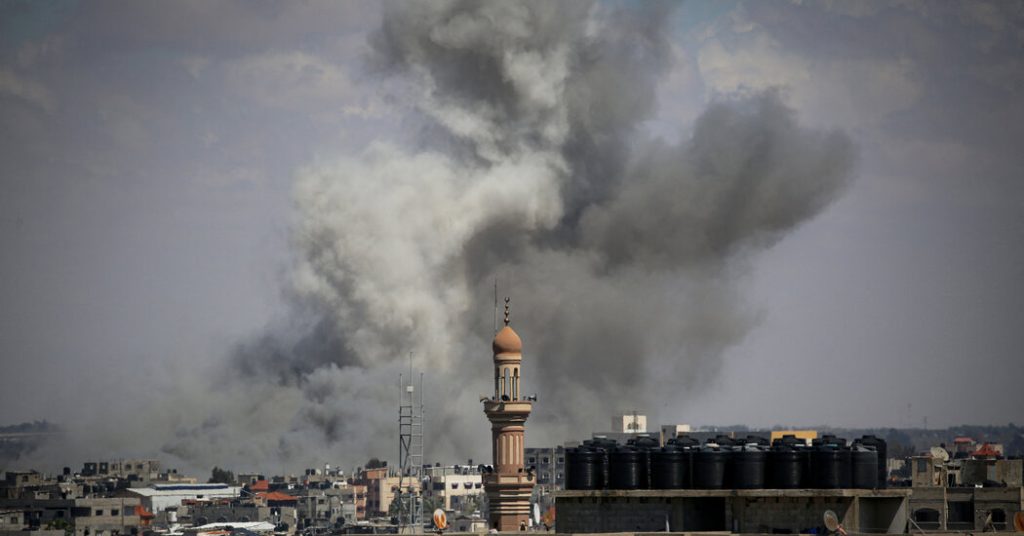Over the course of a few hours, the White House Situation Room received a flurry of news from the Middle East, including Israel ordering 100,000 civilians out of Rafah as a prelude to invasion and Hamas potentially accepting a cease-fire deal, only for Israel to conduct strikes against Rafah in response to previous violence. These developments left White House officials scrambling to understand the situation, ultimately realizing that each move was an attempt to gain leverage at the negotiating table rather than a clear resolution. President Biden and his team were navigating a fluid situation as they tried to broker a deal to end the devastating war in Gaza.
The talks had gone from high hopes of a close deal to a fresh impasse and a renewed effort by Hamas to get negotiations back on track. Israel had proposed halting the war for 42 days, releasing prisoners, and allowing an increase in humanitarian aid flow, hoping to call Hamas’s bluff and get hostages released. While initial optimism was met with silence from Hamas, they eventually came back on Monday with a counteroffer that was not acceptable but left room for further negotiations. Talks were expected to resume in Cairo in hopes of finding common ground between the two sides.
The Israeli actions in Rafah on Monday could either push Hamas to make a deal or sabotage the talks, with unclear motivations from both sides on whether they truly want an agreement. Speculation included the idea that Hamas may want to isolate Israel globally by provoking a large Israeli operation in Rafah, while Netanyahu may be balancing multiple political objectives with his actions. Distrust on both sides makes reaching an agreement all the more difficult, with fundamental disputes remaining on key issues within the proposals.
Both sides have reconciled on the first phase cease-fire and hostage release, but other differences in the proposals and the ultimate goal of the agreement remain unresolved. Negotiators have employed diplomatic language to leave room for interpretation on what “sustainable calm” means, with Hamas hoping for a permanent cessation of hostilities while Israel does not want to make such a commitment. American officials are hopeful that a temporary cease-fire could create momentum for a lasting peace, leading to intense efforts in the coming days as negotiations continue.
President Biden, deeply involved in the negotiations, is working to pressure both sides to come to an agreement while avoiding a ground invasion of Rafah, which he believes would be a detrimental move. The White House is leveraging its relationships in the region and international community, including hosting King Abdullah II of Jordan, to push for an end to the conflict. Despite the complex and uncertain situation, efforts are ongoing to broker a deal that will bring relief to the war-torn region and prevent further violence and devastation.


